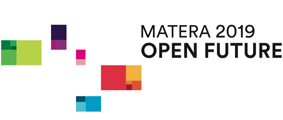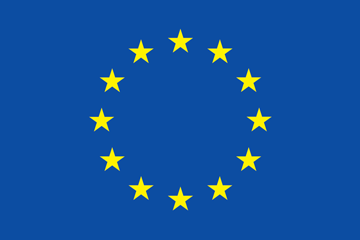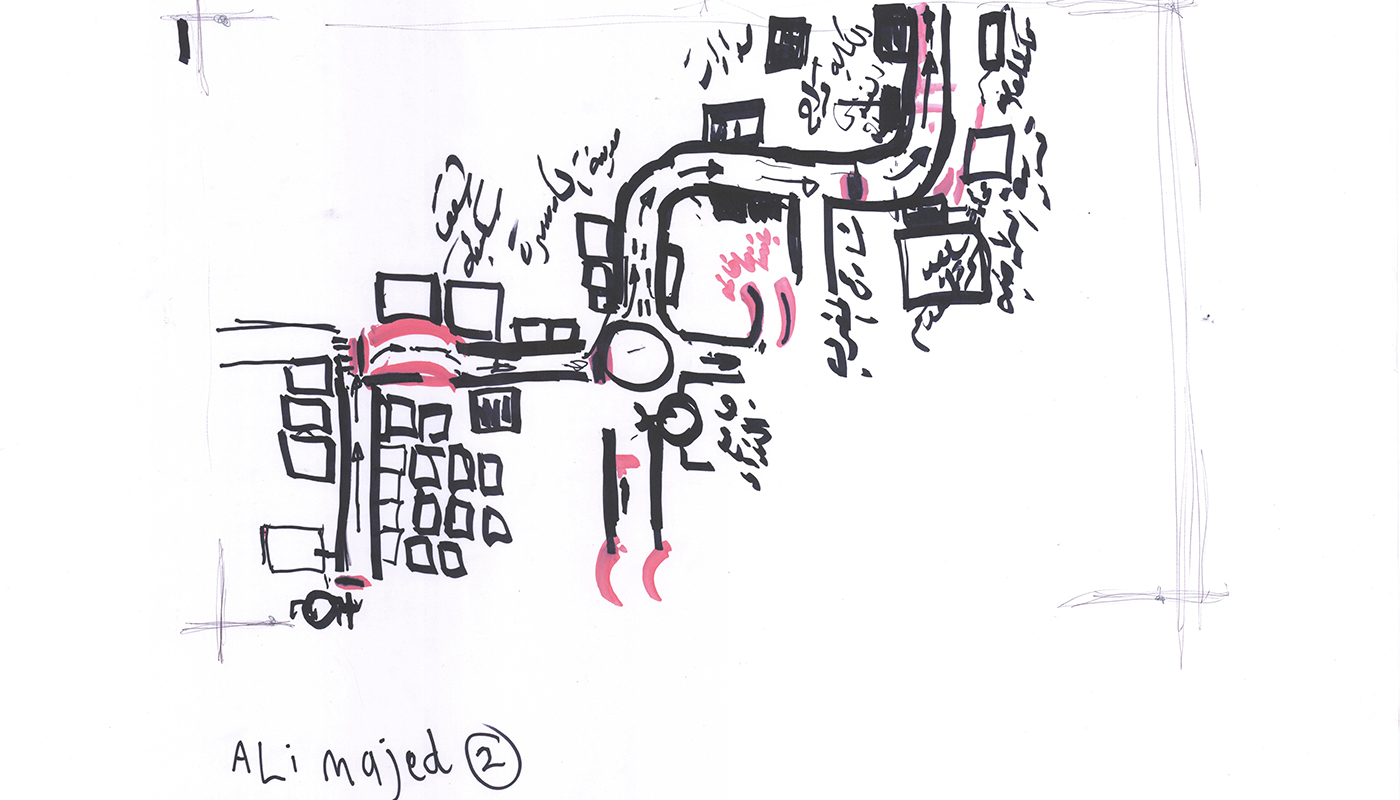
Radical Design - From Open Talk with Franco Raggi
Radical Design
From Open Talk with Franco Raggi
An anti-authorial idea, a horizontal approach, the conscious choice of self-construction are the prerogatives of the Global Tools experience that we find in the founding principles of the Open Design School. Yet, from the lucid analysis of Franco Raggi, it emerges all the awareness of those who, at the time, would never have imagined having a following and being an inspiration for someone. "We did not know exactly what was going on, we're still trying to figure it out." Each of us made successive evaluations. " Raggi continues to question himself, and to question his audience, on what could be, today, the fascination of such a utopian, unconventional, eccentric and, at times unpredictable, approach of a "non-school" school which, physically, has produced little, but that has contributed to feeding tensions, discussions and reflections. The key to understanding, explains Raggi, is in the antiautorial approach, in the possibility of expressing one's individual creativity within a collective project that shares a common theme and ideas.
At the base there was a project vision rather than a structured organization; more than a school, a system of laboratories that aimed at autarchy through self-construction, supporting the individuality and creativity of the individual components that grew in the wake of a common project. The scope of such a radical experience can be grasped only in the light of the general historical context of those years: the oil crisis of 1973, underlining the fragility of the Western capitalist system, had dismantled consolidated certainties by raising the reflections that emerged violently in architecture and in design. There was no more room for the styles of the International Style and the banal forms of modernism: the vitality was expressed in the Negative Thought, in the opposition to the traditional relationship between art and society, in the desire to put architecture together with unpredictable ways art.
One of the clearest forms of radical behavior in architecture was that of not constructing: there is no realized project, only VISIONS, albeit well defined, in their technical and theoretical clarity. The architects work on LANGUAGE CLEARING by redefining the relationship between the body, the object and the city. You get to eliminate any mediation, zeroing the work of art: the body, analyzed, investigated and completed with prosthetics and extensions, becomes an instrument of expression, form of language, measure to define and organize the space. With Charles Simonds, Dennis Oppenheim and Frantisek Lesak, the body, freed from all conditioning, naked, is thought of as a ritual object, as a support on which to work. The experimentation on the body passes through prostheses and extensions conceived as metaphors of alienation (Walter Pichler, Hans Rucker-Co) or instruments for figurative and behavioral performances (Rebecca Horn).
From the body the attention moves on the object reinterpreting it and redefining the traditional relationship between form and function. Thus the chair, still recognizable in its archetypal form, is modified by losing its functionality and transforming itself from an object into a work of art. Around the archetype of the chair revolves a vast series of reinterpretations: from the inusability proposed by Joseph Beuys and Jorge Mayr, to the ancestral meaning that we find, albeit in a different way, in the works of Wolfgang Ernst, Riccardo Dalisi, Alessandro Mendini and Raimund Abraham.
Space also finds a new definition in the interaction with the body and its gestures acquiring a sacredness that arises from the awareness that the body shapes the space and not vice versa: the form is free from regularity and orthogonality and becomes organic not for a linguistic preconception but because it is linked to the movement of the body in space. The space assumes an antirational geometry with Friedrich Kiesler, becomes an expression of an archaic future with Gaetano Pesce, is abstracted through the standardization of Hans Hollain, defining himself in prototypes and visions with Archizoom.
In urban visions there is a critical approach that prophesises the loss of identity of the contemporary city and of the relationship between artifice and nature. With Archizoom you imagine cities that are theoretically endless, with Superstudio, living becomes a sort of playful nomadism, with UFO's inflatable structures causing havoc in a city as immobilized as Florence, with the bubbles of Hans Raicker-Ro space becomes a metaphor of a incompatibility between urban reality and ecologically sound life. As if a total crisis were coming, imagining that the technical and technological progress achieved could be eliminated, we are committed to ensure survival: Autarchy as a symbolic reaction to a world in which the elementary and indispensable knowledge has been lost.
We develop interesting publishing activities with real survival manuals that, beyond any idealization, have the simple practical purpose of teaching to build to be self-sufficient and not dependent on the market. (Survival scrapbook n ° 3, The Robin Hood Handbook, Whole Heart Catalog, Fresh Planet). "It is unthinkable a system in which those who use a jet do not know how, from whom and where it was built, and is not able to repair it in case it breaks". It defines a kind of LOCAL DESIGN AUTHORITY conceived, produced and used in a specific place only with local resources and materials.
The experience of Global Tools matures in this general fertile, subversive, radical cultural humus trying to enclose individual authorial experiences in common departments: from the discussions of the Autumn Seminar (autumn 1974) we define the program of the school organized in departments and groups of work: Body, communication, construction, survival.
Symptomatic of the creative approach of those years was the Seminar around the theme "the body and the bonds" held in the courtyard of Moscow. "We had bought a little bit of everything," recalls Raggi "to create objects with limited functionality or even dysfunctional ones that prevented a performance from unpredictably generating another. From the reflections on the body and on the relationship between this and the other objects, we reasoned an inverse heretical ergonomics.
Responding to the curiosity of the audience, Raggi concludes by underlining that if the result can be questionable, the concept was certainly very powerful.
Click here to read Franco Raggi's biography







